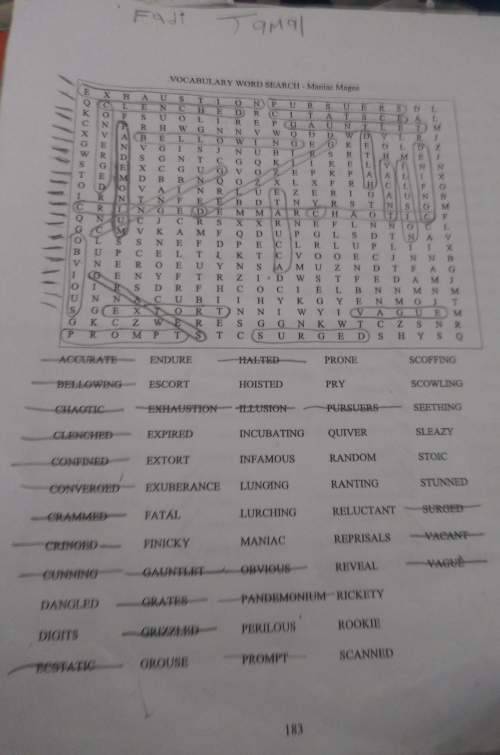
English, 03.05.2021 18:10, kimlyn58p0wyn0
Read the excerpt from The Great Gatsby. Twenty miles from the city a pair of enormous eggs, identical in contour and separated only by a courtesy bay, jut out into the most domesticated body of salt water in the Western hemisphere, the great wet barnyard of Long Island Sound. They were not perfect ovals—like the egg in the Columbus story, they are both crushed flat at the contact end—but their physical resemblance must be a source of perpetual confusion to the gulls that fly overhead. To the wingless a more arresting phenomenon is their dissimilarity in every particular except shape and size. I lived at West Egg, the—well, the less fashionable of the two, though this is a most superficial tag to express the bizarre and not a little sinister contrast between them. The use of words such as “fashionable,” “superficial,” “bizarre,” and “sinister” provide a truthful and vivid description of the West Egg and East Egg. a sense of artificiality in the world the narrator finds himself in. an idea of mischief that surrounds the narrator and his friends. a meaningful portrayal of life on the Long Island Sound in the 1920s.

Answers: 1
Other questions on the subject: English

English, 21.06.2019 22:00, emma6892
Diego rivera was a famous artist from mexico. most of his paintings were murals. murals are paintings that are made directly on a wall. rivera thought that all people should be able to see beautiful art, not just people who could afford to go to museums. this is why he painted most of his murals on the walls of public buildings
Answers: 3

English, 22.06.2019 01:00, smilequi9653
The boy and the wolf by james baldwin one day word came that a savage wolf had been seen in the forest. "how i should like to meet that wolf," said little gilbert. he was only seven years old, but now all his thoughts were about the savage beast. "shall we take a walk this morning? " asked his mother. "oh, yes! " said gilbert. "perhaps we may see that wolf among the trees. but don't be afraid." his mother smiled, for she felt quite sure that there was no danger. what point of view does the author use in this selection?
Answers: 2

English, 22.06.2019 03:00, Bearboy5957
Read the excerpt from "save the redwoods."another, one of the finest in the grove, more than three hundred feet high, was skinned alive to a height of one hundred and sixteen feet from the ground and the bark sent to london to show how fine and big that calaveras tree was—as sensible a scheme as skinning our great men would be to prove their greatness. which best describes how the excerpt appeals to readers’ emotions? the excerpt provides facts about the tree, which impresses readers’ scientific minds. the excerpt describes how the tree traveled to london, which excites the readers’ sense of adventure. the excerpt compares the tree to a person, which makes readers feel sympathetic toward the tree. the excerpt explains how to skin a tree, which makes readers feel awed at the height of the tree.
Answers: 2

English, 22.06.2019 04:50, koolgurl2003
Read the excerpt from hemingway’s a farewell to arms. we parked the cars beyond the brickyard. the ovens and some deep holes had been equipped as dressing stations. there were three doctors that i knew. i talked with the major and learned that when it should start and our cars should be loaded we would drive them back along the screened road and up to the main road along the ridge where there would be a post and other cars to clear them. which best describes hemingway’s style of writing in the excerpt? straightforward and simple, while still relating a lot of information to the reader long-winded and offering far too much information to the reader overly complicated, making it difficult to interpret and understand the text effortless and uncomplicated, with little meaning for the reader to interpret
Answers: 2
Do you know the correct answer?
Read the excerpt from The Great Gatsby. Twenty miles from the city a pair of enormous eggs, identica...
Questions in other subjects:
















